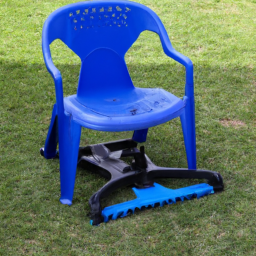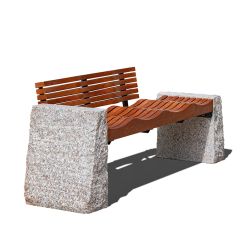Commercial Cast Iron Terminal Mooring Bollard
Commercial Cast Iron Terminal Mooring Bollard Size: φ240×H256mm Material: Cast Iron Color: Yellow/White/Black Customized: Available SKU#: CZ-01-01
Product Description
Commercial Cast Iron Terminal Mooring Bollard
Terminal Mooring Bollards are heavily built mooring devices used for securing vessels and vessels lines at marinas, buoys, and piers. Terminal mooring bollards provide a safe and secure mooring point and can be constructed from materials such as steel, concrete, aluminium and wood.
Materials
Cast Iron
Dimensions
Φ240×H256mm

Installation
Available for bolting to the ground.
Package
Carton or Bubble film
Customized
Size, color, material can be customized
Terminal Mooring Bollards are heavily built mooring devices used for securing vessels and vessels lines at marinas, buoys, and piers. Terminal mooring bollards provide a safe and secure mooring point and can be constructed from materials such as steel, concrete, aluminium and wood.
Terminal mooring bollards used for vessels relating to the coastal, river and inland waterways, have to be strong enough to accept vessel mooring lines without the risk of damaging or cracking. This makes Terminal Mooring Bollards desirable for stability, longevity and strength.
In general, terminal mooring bollards are designed to receive and provide mooring lines in order to secure a vessel to an existing mooring point such as a quay, pier or buoy.
The most common bollards used today are of two types. The first type is the fixed bollard, which is an unmovable, heavy duty steel bollard of an L-shape that is embedded in a concrete base. The second type is the movable bollard, which is typically a stainless steel piece resembling an anchor that is held in place with a bridge.
Terminal mooring bollards are designed to be very strong and highly resistant to any forces applied to them.
The process for mooring a vessel to a terminal mooring bollard involves the use of ropes or chains. The ropes are threaded through or around the bollard and then secured to the side of the vessel. Terminal mooring bollards can be equipped with shackles, to facilitate easier mooring.
Given mooring lines are pulled with great force, it is important to purchase bollards that are as durable as possible. Strong terminal mooring bollards must be designed with careful consideration of the load that the bollard is capable of bearing, and in accordance with the relevant maritime authority regulations.
Regular inspection of terminal mooring bollards is highly recommended because regular smooth surfaces can become rough surfaces due to repeated use, wear and tear, seawater penetration and aging.
In the event of wear and tear, missing components or corrosion damage, it is recommended to replace the bollards to ensure safety and avoid damages to vessels. If the corrosion is identified in its early stages, the bollard can be sandblasted and painted as required, as long as the strength/security characteristics of the terminal mooring bollard are not compromised.
Terminal mooring bollards help to limit the amount of force placed on a vessel when it is moored, allowing the vessel to move slightly with the motion of the sea instead of the stationary structure of the mooring bollard.
In addition to being used as mooring points, terminal mooring bollards also represent barriers that separate larger commercial vessels from small craft. This ensures maximum safety while vessels and objects are manoeuvring around each other.
Overall, terminal mooring bollards are an essential part of the maritime infrastructure and can be seen in virtually any marina, buoy or pier. They provide a very secure and reliable means of holding vessels in place and need to be regularly inspected for wear and tear.









